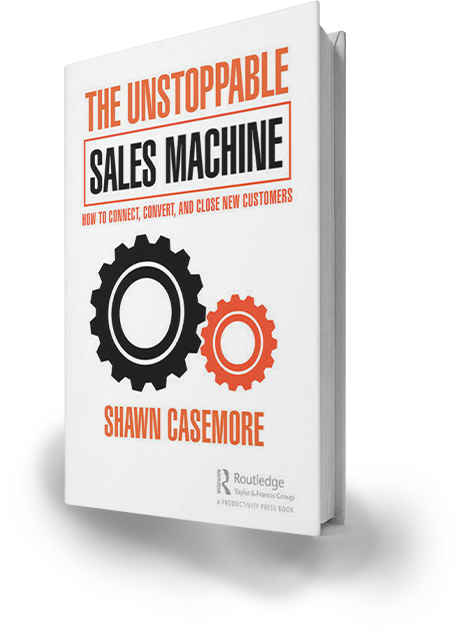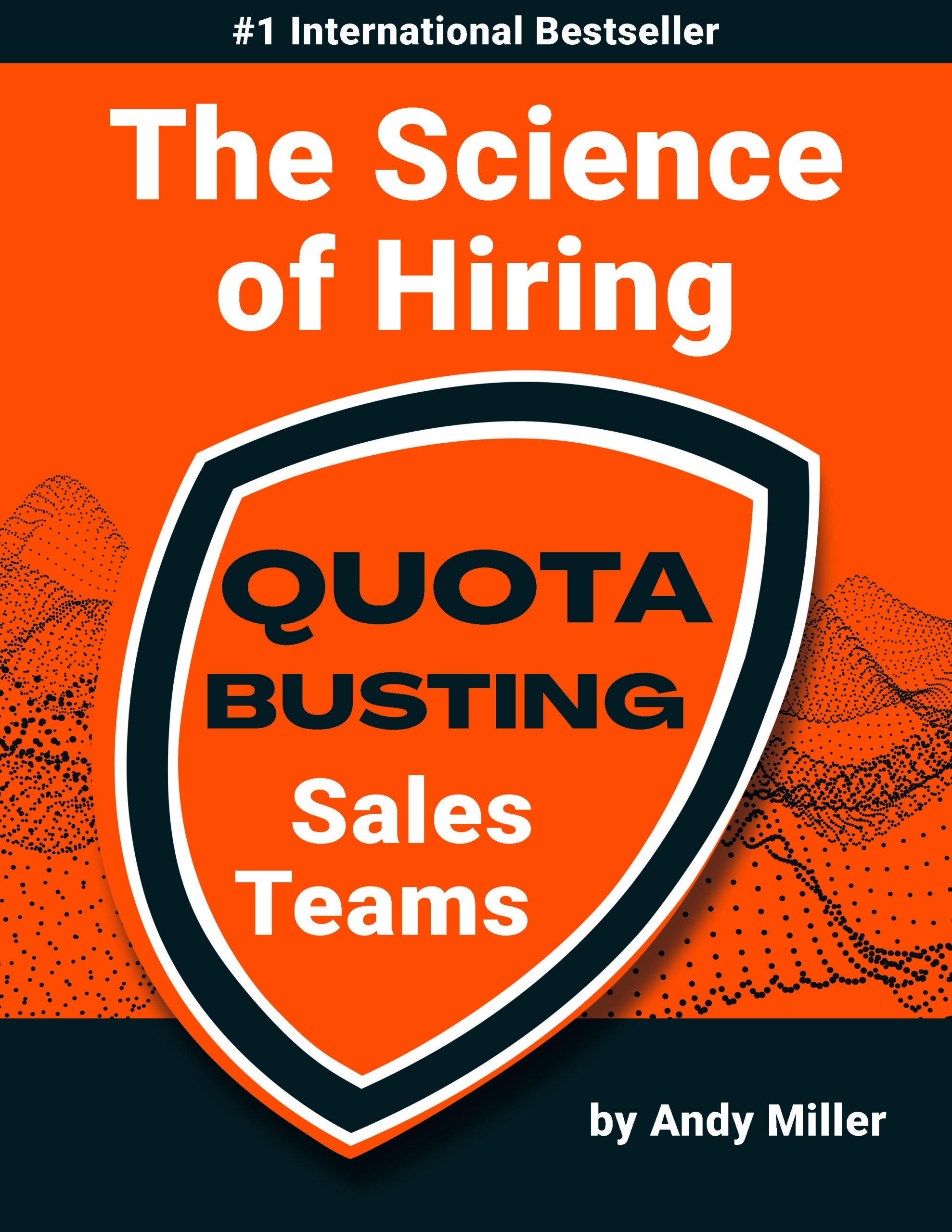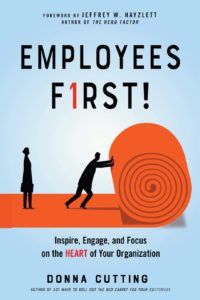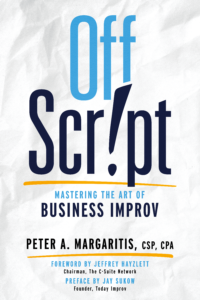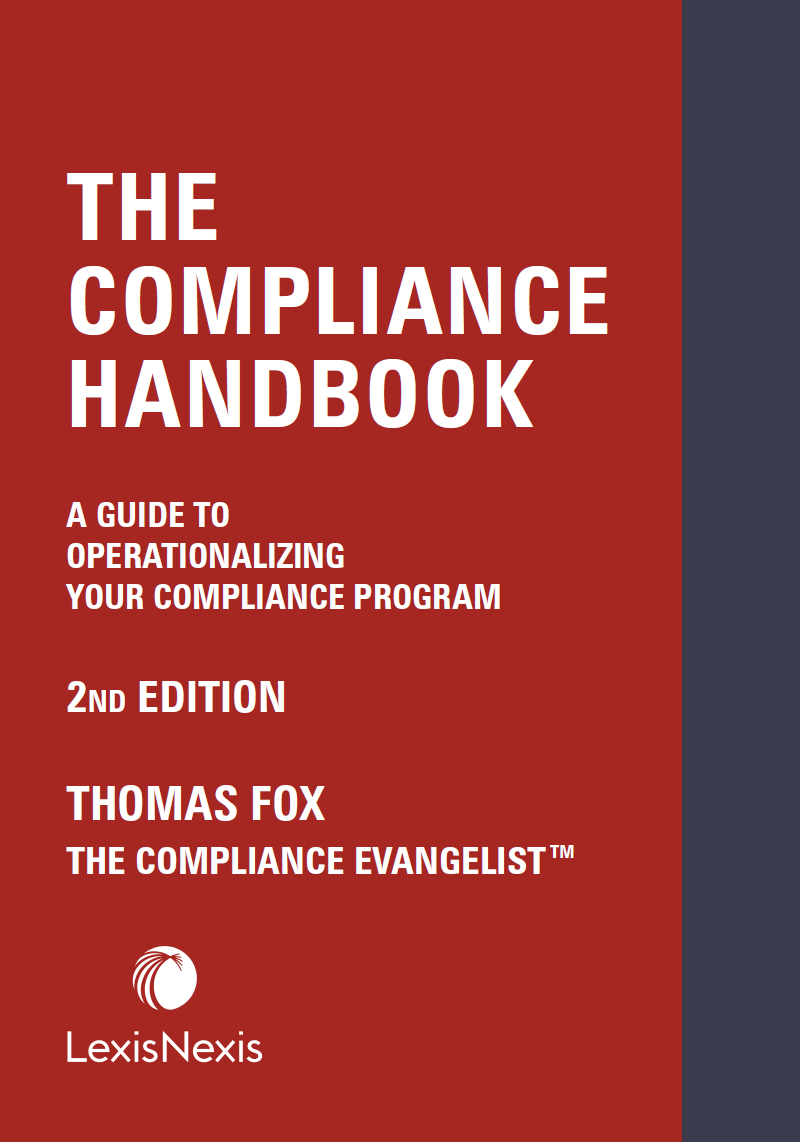The Product Manager's Desk Reference
Steven Haines
Every day, thousands of new products and innovations are brought to market. Amid much fanfare, they struggle for shelf-space, mind-share, and market share. Most studies on the subject suggest that products fail more often than they should. CEOs, CMOs, and other C-Suite executives expect more from their product leaders and marketers!
Whatever your business sells, Product Management is one of the most important functions in the firm’s pursuit of profits. With globalization and fierce competition, the stakes are higher than ever, and the room for error narrower than ever! Therefore, leaders need a reliable resource for their product managers, brand managers, and category managers so these people know what to do, when, and with whom. This resource is The Product Manager’s Desk Reference (2nd edition) — the most comprehensive book in the world on the subject of Product Management. Designed for product managers and the leaders who support them, the book clearly explains how:
- 1) To conduct the research that lead to valuable market insights
- 2) To create the strategies required to drive innovation
- 3) To select and justify which products to build
- 4) To plan for their profitable creation and development
- 5) To launch them to the right markets at the right time
- 6) To manage them like businesses across their life cycles
- 7) To gracefully retire them
- 8) To align people across the organization so everyone’s moving in the same direction
The Product Manager’s Desk Reference (2nd edition) embodies everything “Product.” Written by Steven Haines, one of the world’s foremost experts on the topic, it’s a comprehensive, versatile, must-have resource for any business person who works in any company, in any industry, who seeks to successfully innovate, market, and manage products and services.
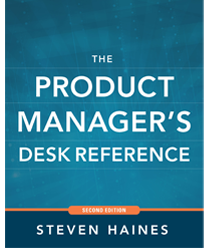
Best Seller TV
Steven Haines’ discusses his book, The Product Manager’s Desk Reference, which is a “how-to” reference where business people can go to practice the art of product management and also examines the role of the “knowledge worker”.

In the movie “When Harry Met Sally,” there was a woman in a famous scene who muttered the words, “I’ll have what she’s having.” Every leader wants to have products that define markets and change lives. Executives are frustrated because their firm’s efforts to come up with the innovations that matter aren’t delivering the goods. In this piece, I’ll provide a few ideas that you might consider using to ignite some sparks in your organization.
For a number of years, I’ve done research that benchmarks the business practices of large, complex organizations. The main idea is to look for connections between the effectiveness of specific business practices and successful products. I started this work during my corporate life and put it into high gear when I started my own company almost 14 years ago. All told, I’ve been looking at this for more than 20 years!
While creating sweeping innovations certainly requires a lot of ingenuity, most firms are spending the majority of their R&D resources on incremental product improvements and design changes. These might be acceptable to firms making 6% CAGRs. In my opinion, these firms are making money merely by accident. It’s not even anecdotal; the evidence is undeniable because it’s collected from my organizational diagnostics.
If you want to give your firm a better chance at catalyzing creative ideas and improving products to grow your business, some upgrades to your firm may be needed. Here are a few points for your consideration.
- 1. Raise your market intelligence: Market intelligence can only be gained by investing the required resources into gathering and analyzing market data. In many firms, there are a number of inputs from disparate sources: salespeople, service reps, and directly from customers. When these explicit requests are coupled with knee-jerk reactions triggered by competitor actions, the resulting decisions tend to be suboptimal. Ultimately, well-run firms invest in resources that proactively seek to understand customers, evaluate other trends, and synchronize the vast sea of data into usable insights that can better steer the business and drive the best product and business investment decisions.
- 2. Clarify your strategy: I’ve assessed thousands of product managers and marketers. One of the questions I ask is, “can you articulate the strategy for your product or product line?” Did you know that more than two-thirds of the time they cannot? Not only that—when I ask if they can explain the strategic goals for their company, they cannot. This is a problem. Product people must be clear about the strategic goals of the firm and must be able to translate those goals into realistic strategies. However, in order to create action plans that do more than just keep pace with the competitors, they must have sufficient market intelligence and business data. They need to get ahead of the curve, anticipate what competitors might do, and position their products appropriately.
- 3. Fine-tune your product portfolio: When market insights drive well-tuned strategies, it’s far easier to figure out where to appropriate your product investment money. Beyond the typical BCG matrix analysis for current products, it’s important to figure out the level of R&D funding that must be allocated to programs in both the mid-term and long-term. The pipeline of incoming products being considered as well as products currently in development must be balanced against the backdrop of the strategy for the firm. When the pipeline is “stuffed” with too many product projects, quality problems and delayed introductions are more likely. When the pipeline is too light, resources can sit idle while current products languish.
- 4. Improve your product managers: Product managers who are responsible for their product’s business need to develop their skills and knowledge in much the same way surgeons improve their expertise or pilots improve their ability. These practitioners are not magically productive and creative. They learn over time based on situations encountered. They need a good business backbone, sufficient technical understanding, and the ability to finesse organizational politics to get things done in a complex organization. They need the proper data and simple processes as well as the support of a leadership team aligned around clear roles and responsibilities.
If you’ve read this far, you might be saying to yourself, “where’s the secret to great products?” With full disclosure, I don’t think there’s any magic. Creativity is a hit-or-miss game, with an occasional double, triple, or home-run. When I’m exercising or meditating, I find that my mind becomes a blank canvas, and I am eager and open for a fresh idea to pop into my head. However, I’m advantaged because the context of my own business is running as an undercurrent to my thoughts. In other words, I have a running chance.
Great products can only be conceived of, developed, launched, and managed when you have an able-bodied staff of product managers, great market insights, a cogent strategy, and clarity around where investments should be directed. That’s the running chance you need to produce great products.
Book Trailer :: The Product Manager's Desk Reference

Steven Haines has a passion for great products. As the founder of Sequent Learning Networks, a global organizational advisory services firm, he inspires Product Management and Marketing leaders to adopt the methods that contribute to the creation of the best products that deliver extraordinary value to customers and undisputed competitive advantage. He is an internationally recognized thought leader and speaker, and is the author of three category defining books that include: The Product Manager’s Desk Reference, Managing Product Management, and The Product Manager’s Survival Guide (all published by McGraw-Hill). Steven is based in New York City.





